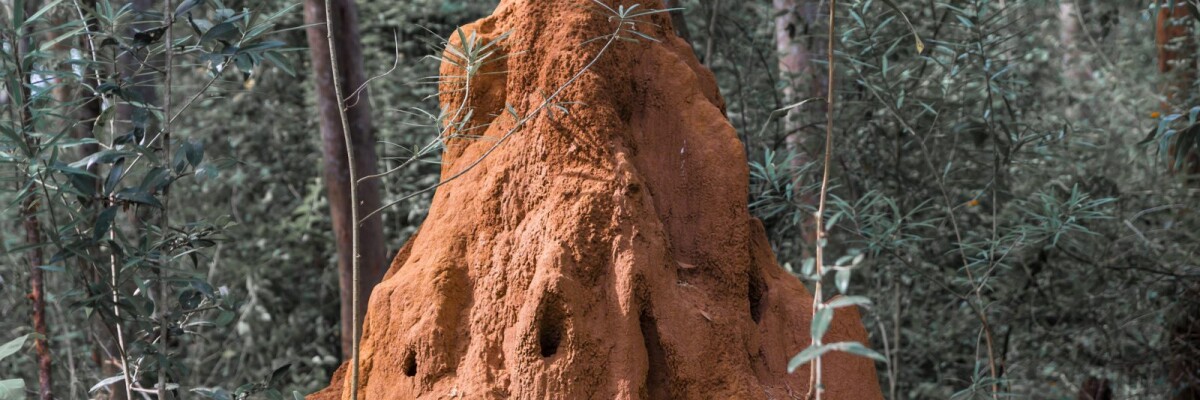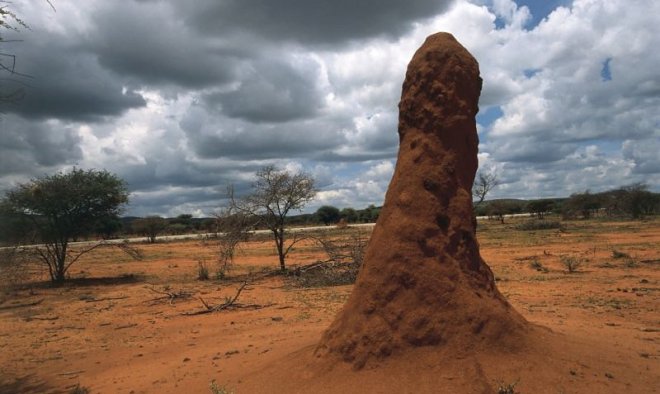There’s a new Eastgate office center in Harare, Zimbabwe, which was built by architect Mick Pierce and heavily inspired by nature. The building was modeled after termite mounds.
Termite mounds have always inspired naturalists with their complexity. Walls are particularly important in these habitats: they have a porous structure, including miniature controlled air ducts that serve a variety of purposes for the insects.
The temperature inside these mounds is always maintained at +30 °C. This happens due to air moving along the ducts: cold air comes down, while warm air rises to the top. When it’s cold outside, termites cover the ducts overnight, and the heat collected during the day is enough to wait out the cold weather. The ducts also prevent flooding throughout the rainy season.
Eastgate center is built using the same principle. 3D models created after studying termite mounds laid the foundation for the building design. It also contains multiple air ducts that serve to transport air masses to heat and cool certain areas inside the building. This approach enables a tenfold reduction of the building’s energy consumption.
The building does not require any air conditioners. The wind naturally carries the air through the building, and on calm days movement is enabled due to diffusion from the micro pores in the walls. This technology will also conserve heat in cold weather. Thus, this natural phenomenon has enabled experts to solve some of the most pressing engineering challenges.
Share this with your friends!







Be the first to comment
Please log in to comment